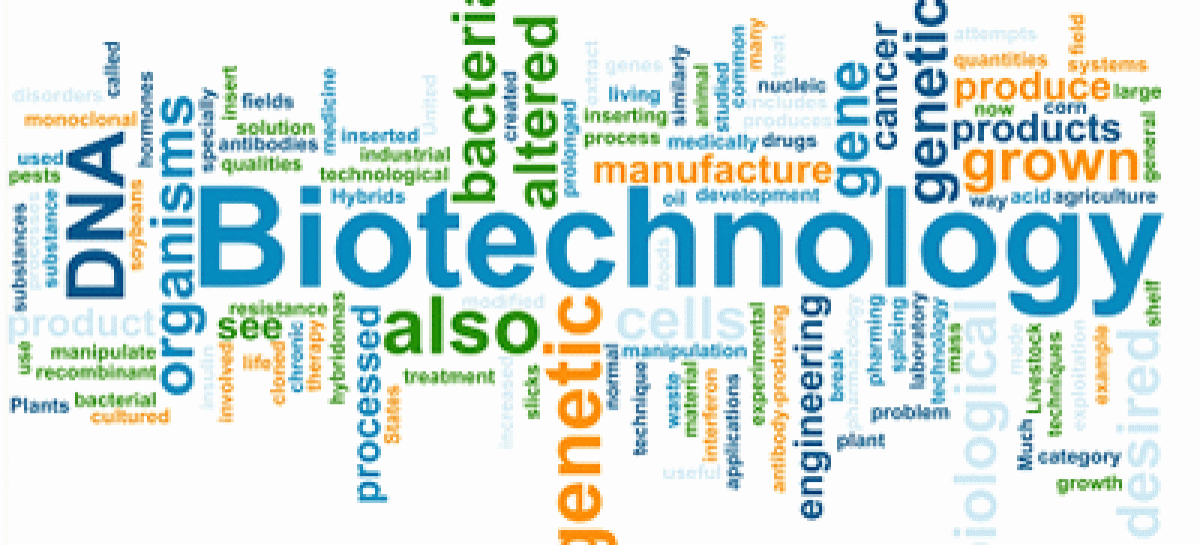Biotechnology is the use of biological systems to make products or processes for different uses. Biotechnology is frequently used in bioengineering, biomedical engineering, biomanufacturing, and other similar fields.
History
One of the first uses of biotechnology was in the form of agriculture. Farmers were able to use this primitive form of biotechnology to selectively breed the best crops to get the best yields, producing enough food to support a flourishing population. “This is not only the earliest example of biotechnology, but also the earliest example of genetic modification”, Says investor in biotech Saar Pilosof. “Modern biotechnology is largely acknowledged as coming to fruition in 1971 with Paul Berg’s successful experiments in gene splicing”. The commercial viability of biotechnology was opened up in 1980 when the Federal Court ruled that genetically modified microorganisms (GMOs) could be patented. The biotechnology in this case was an organism that could break down crude oil for the treatment of cleaning up oil spills.
More recently, rising demand for biofuels has been gainful for the biotechnology sector, specifically through the use of ethanol. Biotechnology has allowed for farming in the United States to increase supplies of corn and soybeans, which make up the majority of the input for biofuels. The use of genetically modified seeds that are resistant to pests and drought create higher yields in the same amount of space.
Biotechnology In Medicine
Modern biotechnology is used in medicine to discover and produce pharmaceutical drugs, study the role of the genome in drug response, and for genetic testing. Modern biotechnology is used to make already existing medicines more easily and and less costly. An example of this is synthetic human insulin, which was created by joining the insulin gene into an E. coli bacterium. This enabled Genetech, and later other pharmaceutical companies, to produce more insulin at lower costs than the previous method of using insulin extracted from the pancreas of cattle and pigs.
Biotechnology in Agriculture
As previously mentioned, genetically modified foods are an excellent example of biotechnology in agriculture. While many people feel that the ingestion of genetically modified foods is unsafe, the scientific consensus is that they are generally safe for consumption, but require testing for each new crop. Genetically modified foods are those that are made from seeds that have had specific changes made to their DNA using genetic engineering. The first commercial sale of genetically modified foods occurred in 1994 with the sale of delayed ripening tomatoes. There are, however, environmental concerns regarding the use of genetically modified crops. One of the most concerning is that these crops limit biodiversity, an important factor in maintaining sustainability.
Biotechnology in Industrial Applications
Industrial biotechnology is the application of biotechnology for industrial purposes, such as fermentation. Included in industrial biotechnology is the use of cells or cell components to generate components in chemical, food, textiles, paper, and biofuel industries. Using biotechnology in these ways may contribute to lowering greenhouse gas emissions. While some biotechnology can be disastrous for the environment, this is an example of how it can actually create a positive effect on the environment.

